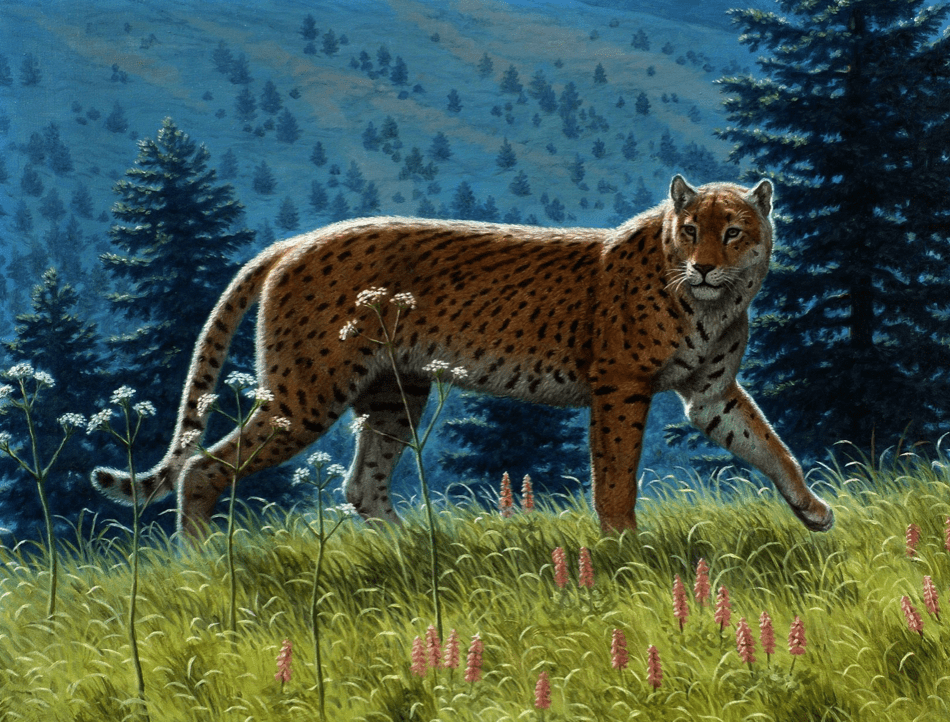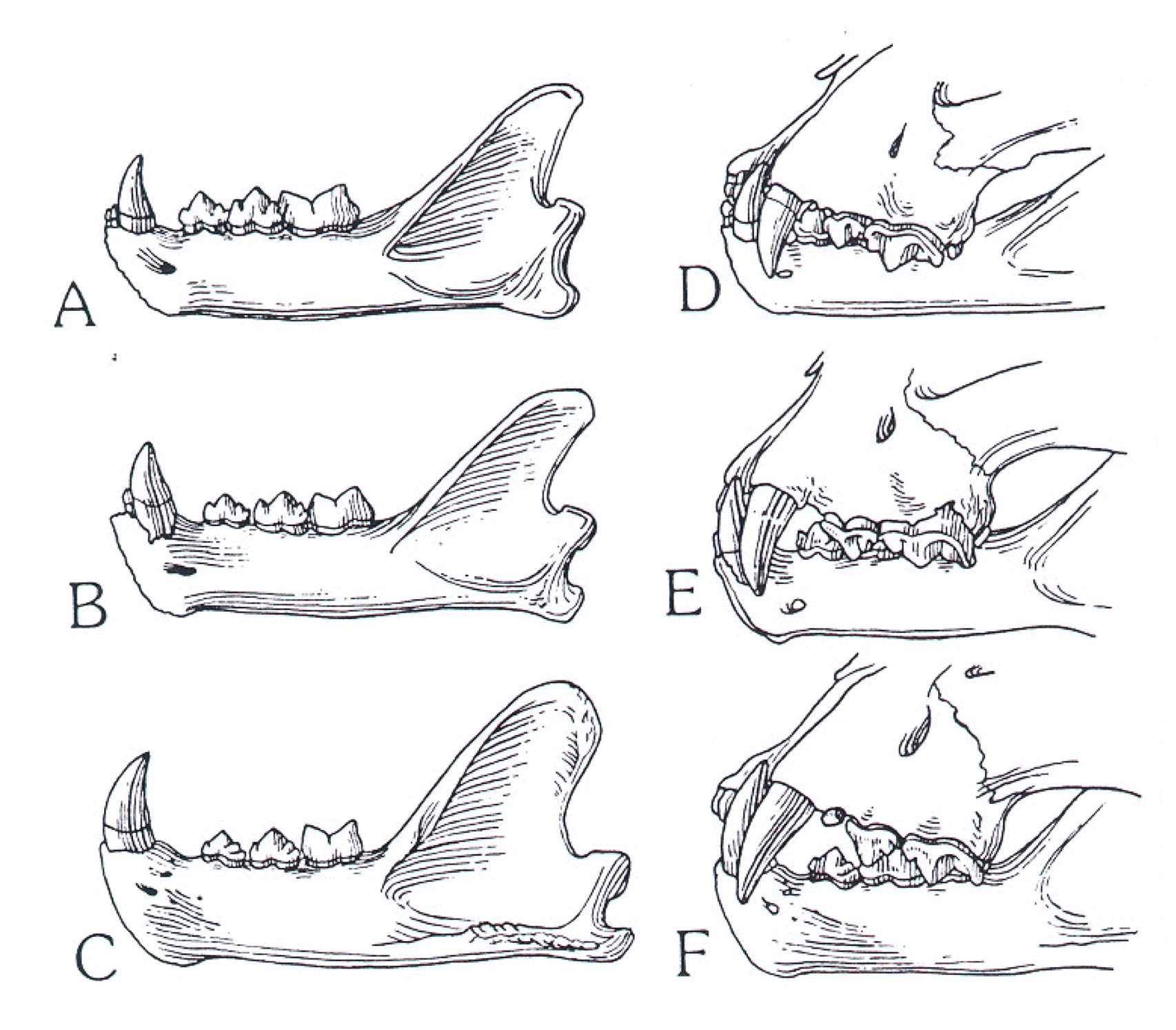
Imagine driving down I-70 only to look out your window to see a cheetah racing after a pronghorn. Impossible right?
Just 13,000 years ago, these highspeed cats’ relatives ruled the western plains. Many called the regions of Colorado, Wyoming, Arizona, and Nebraska home. They are known among archeologists as “false cheetahs” due to the similar bone structure of fossils. These big cats share many qualities of the classic North American cougar as well as the modern African Cheetah.
While maintaining many similarities with modern-day big cats, the fossils from these prehistoric cheetahs are unique on their own. Unable to identify an exact relative, paleontologists provided these ancient cats with their subgenus: Miracinonyx.
At the time of finding the first fossils from these extinct creatures, there was lots of disagreement between experts on whether they were more closely related to North American big cats, like cougars or cheetahs. With features like long agile legs and large nasal openings perfect for maximizing oxygen intake, it became clear these creatures were high-speed predators.
However, further exploration and discovery of more fossils proved these cats were extremely versatile. Ecological evidence from a study in 2010 on a fossil found in Grand Canyon, Arizona shows the Miracinonyx was even more agile than the modern cheetah. The main prey in this region would have been prehistoric mountain goats. Based on this, researchers assume these cats were also able to scale sheer rock faces in search of prey. Similar to the habits of a snow leopard.
Miracinonyx’s reign overlapped three million years with what is now the modern-day Pronghorn. Pronghorns are the second fastest animals on earth, reaching speeds of 60mph when provoked. However, in the western plains of North America, there aren’t any predators able to maintain speeds equal to the pronghorn. The discovery of the Miracinonyx skeletons in the US provides researchers with more insight into life on the plains and how modern-day species may have evolved.
Many of these prehistoric cheetahs’ habits and characteristics are still speculated due to such small amounts of evidence. There is still so much researchers do not know about these ancient cats. It is clear though they used to rule the United State’s western plains and their impact is still being discovered today.
